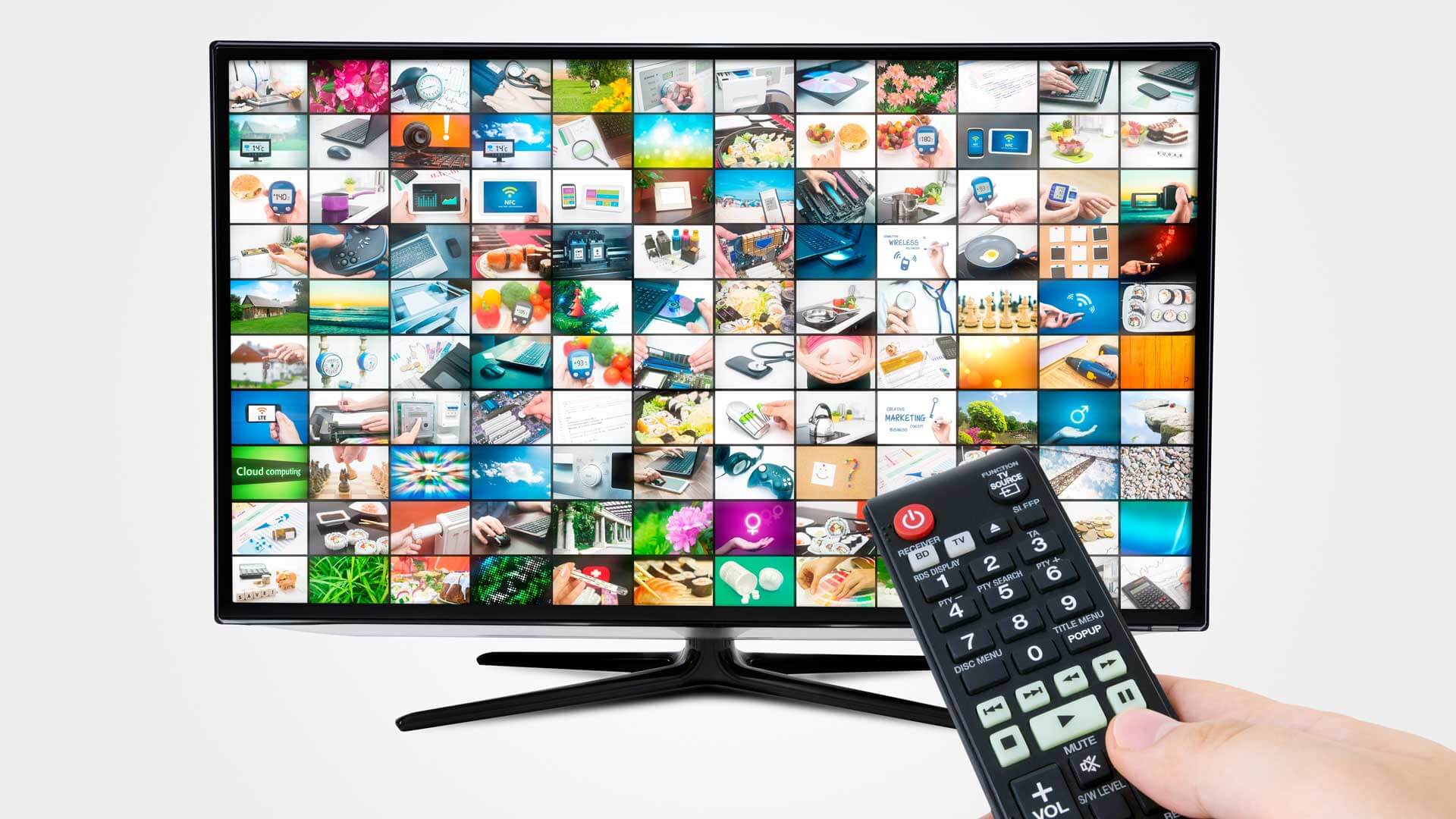The future of TV advertising in today’s digital world
TV advertising isn't what it used to be -- it's much more, argues contributor Chuck Moran.

If you’ve followed industry chatter on the state of the TV landscape, then you’ve heard more than a few times that the TV advertising era is over. NYU professor of new media Clay Shirky called TV “dead” in Politico back in 2014, and he hasn’t been the only one. But, while many pundits proclaimed the medium’s eventual demise, something else happened: TV evolved. It advanced.
As it was when Marshall McLuhan framed it more than fifty 50 years ago, the medium is indeed the message: Television continues to play a central role in the way that we consume news and entertainment, whether the content comes from a traditional network or via a streaming service.
We still like watching TV
While viewing habits have shifted, cords have been cut and mobile phones have become first screens, we still like watching TV. We still define the content we watch as a “television program,” and we often still want to view that content on a TV set in our living room or den. (People are even still watching traditional linear TV these days.)
In many cases, the TV set is just one of many screens that we are cycling through as we participate in social media conversations about the championship game or the latest drama on “The Bachelor.” Our viewing habits have been evolving ever since cable was introduced in the 1970s, and they will no doubt continue to change. But, for now, TV in its new and advanced form remains a central part of the media ecosystem.
As streaming and over-the-top (OTT) distribution models have matured, a new umbrella term has emerged to describe what TV has become: Advanced TV. Advanced TV represents the convergence of old-style linear TV with streaming video delivered through OTT platforms and digitally enabled connected TVs.
And now that it’s here, marketers and brands must grapple with all that Advanced TV offers. And grapple with it they will, because Advanced TV provides marketers with a full-screen captive experience combined with the targeting power of digital. Forget jetpacks and moving sidewalks, this is the targeting future that marketers have been waiting for.
Directly addressable
Advanced TV enables marketers to optimize reach and influence today’s hyperconnected consumer. Marketers can now serve the most impactful advertising content, trigger campaigns that sync with local events or weather conditions, deliver ads based on first-party data and get real-time analytics of viewing habits, depending on the sophistication of the TV platform, network and/or provider.
Currently, Smart TVs, OTT devices such as Apple TV or Roku, game consoles such as PlayStation and connected TVs offer the most digital bells and whistles, but more and more households are becoming directly addressable through the cable and satellite providers, meaning that brands can target individual households within the broadcast environment of linear TV.
Up to 30 percent of US households were addressable in 2015, according to a 4As report released that year. Broadcast campaigns can be targeted to addressable households, and they can be extended through ad units on OTT platforms or purchased as first impression units (FIUs) on connected TVs.
FIUs run in highly visible positions as viewers look for content (e.g., home screen, content store and apps). They also offer a variety of available post-click actions such as click-to-video, click-to-website, click-to-custom micro-site and click-to-app, all of which are full-screen experiences.
In addition to this extended digital reach, Advanced TV has matured at a time where multiscreen interaction has become the norm. A whopping 94 percent of US viewers keep a phone on hand while watching TV, a 2017 Facebook eye-tracking study discovered.
Advanced TV enables advertisers to construct campaigns modeled after consumer behavior — dynamic, fluid and hyperconnected, across varied screens and devices. Not only does this cross-device extension naturally lengthen a brand’s contact along the customer journey, but, according to research from Accenture, creates a “halo effect” that amplifies search, display and short-form video ad performance.
According to eMarketer, in 2018, more than 181 million Americans will use connected TV and almost 200 million will use some type of OTT platform. eMarketer forecasts these numbers will grow steadily into the next decade. But there is still work to be done. Not all elements of Advanced TV are set up to extract the data necessary to make targeted buying feasible.
Measurement challenges
There is not currently a unified measurement standard that aligns broadcast and digital reach, and audience targeting is still complex. Nielsen released its cross-media measurement solution, Total Content Ratings, in a limited way early last year, after media companies reportedly pressured Nielsen to slow down the rollout because they didn’t feel it was “ready for prime time.”
Privacy is a key consideration that must be navigated — now more than ever before. However, emerging measurement and data techniques are arriving from all corners of the industry, with the ability to provide more advanced data than ever before, helping marketers to more easily reach their objectives.
TV isn’t what it used to be. It has advanced — and it’s time for marketers and brands to advance along with it.
Contributing authors are invited to create content for MarTech and are chosen for their expertise and contribution to the martech community. Our contributors work under the oversight of the editorial staff and contributions are checked for quality and relevance to our readers. MarTech is owned by Semrush. Contributor was not asked to make any direct or indirect mentions of Semrush. The opinions they express are their own.
Related stories
New on MarTech